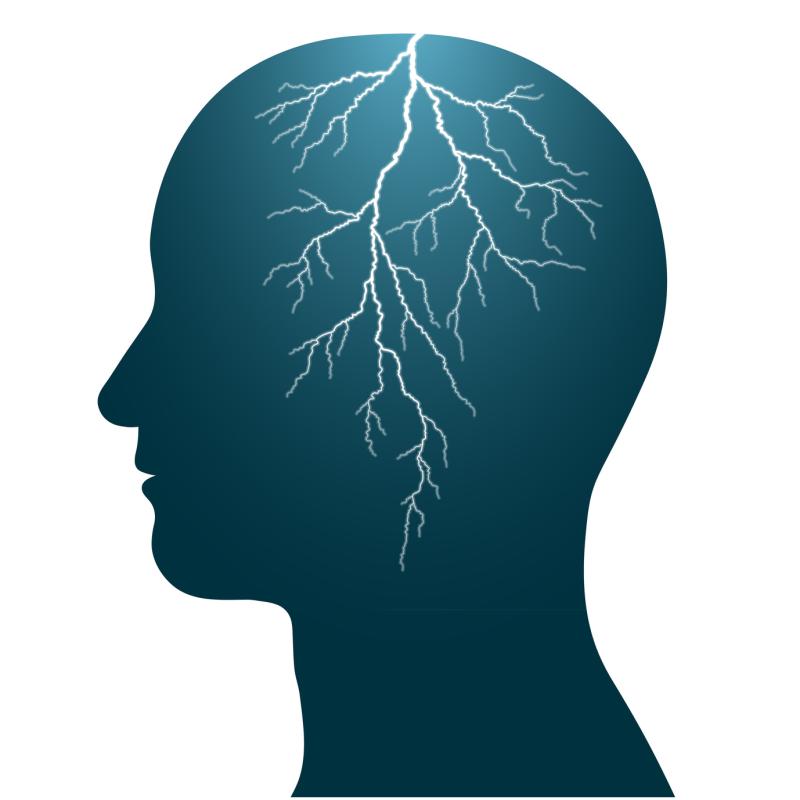
A wearable smartwatch device effectively improves quality of life (QoL) in adolescents with epilepsy (AWE) and in their caregivers, according to a recent study.
“Findings from this study support that seizure detection devices have the potential to improve QoL for AWE and their families by decreasing anxiety about seizure safety and normalizing the typical adolescent developmental task of gaining independence from their families,” said researchers.
The 10 AWE (mean age, 17.5±2.22 years; 70 percent male) enrolled scored a baseline average of 45.17±9.2 in the Quality of Life in Epilepsy for Adolescent (QOLIE AD-48) scale. At the end of the study, the mean score increased to 48.69±12.3 (Cohen’s d, 0.34, 95 percent CI, –0.97 to 0.31), suggesting a medium effect size of the seizure detection device. [Epilepsy Behav 2019;98:188-194]
In terms of symptom severity, the average number of generalized tonic-clonic seizures (GTCS) at onset was 4.7±4.24 per year, while four of the 10 participants experienced frequent episodes of other seizure types (18.6±56.73 per year). After the trial, GTCS frequency dropped to 2.2±3.61 episodes per year and only three participants had frequent other seizure activity (30.1±90.69 episodes per year).
The wearable seizure detection device also appeared to be beneficial to the patients’ families. Scores in the Family Life/Leisure and Child Autonomy domains of the patient-accomplished Parent Response to Child Illness (PRCI) scale increased from 3.78±0.73 and 2.6±0.76 at baseline to 3.88±0.57 and 3.04±0.76 at study end, respectively.
The corresponding Cohen’s d values were 0.23 (–0.48 to 0.92) and 0.75 (–0.07 to 1.52), suggesting that “families felt less negative impact from the child's condition on the family's activity and that parents were more likely to encourage autonomy in their child and to worry less and have a better mood associated with their child's health condition,” the researchers explained.
On the other hand, scores for the Child Support (4.41±0.49 to 4.38±0.42; Cohen’s d, 0.05, –0.65 to 0.74) and Condition Management (4.63±0.22 to 4.5±0.31; Cohen’s d, 0.27, –0.45 to 0.96) domains of the PRCI were significantly reduced at study end, suggesting that parents felt that they were less capable of providing emotional support to their children and of managing their conditions.
Nevertheless, the large magnitude of effect on Child Autonomy scores “strongly supports the benefit of using a seizure detection device for parents of transition-age youth with epilepsy,” said the researchers.
“While these results cannot be generalized to the larger population due to the descriptive/qualitative nature of the data and the small sample size, the findings do support future studies that explore the effectiveness of using a wearable seizure detection device for AWE,” they added.
In particular, those with large sample sizes and which employ randomized controlled designs will be helpful, especially in terms of establishing clinical utility and statistical superiority over placebo.
“Future studies that target autonomy in self-management, while incorporating a seizure detection device may have strong implications towards improving QoL for AWE and their families,” the researchers said.